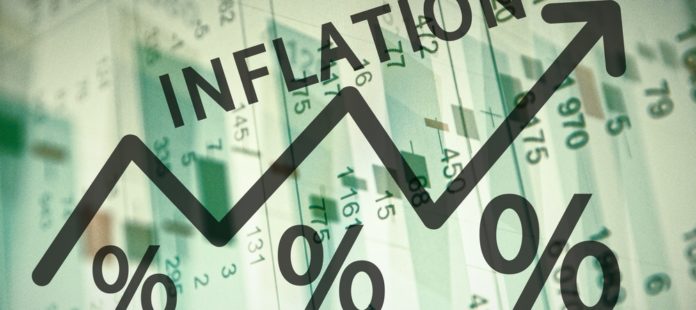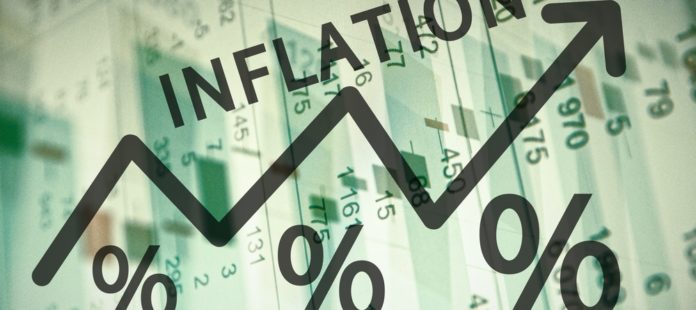Treasury yields climbed higher a couple weeks ago, while Treasury volatility really took a leap.
The long-term Treasury yield didn’t quite make it to the March high of 3.23%, but the 10-year Treasury did hit 3.04%, marking the first time it’s surpassed 3% since December of 2013.
That might seem like a milestone of some sort, but it’s not that big a deal.

The bond market isn’t worried about either the economy overheating or inflation taking off. In fact, we’ve yet to see much evidence of consumer inflation whatsoever.
The GDP numbers for the first quarter of 2018 were out last Friday morning. This sort of data release is usually a market mover, but didn’t cause much of a stir.
Before Friday’s GDP release, an updated release of the Atlanta Fed’s GDPNow model forecast showed a seasonally adjusted annual rate for the quarter at 2.0%, unchanged from the previous estimate.
Good news is that first-quarter GDP number came in a little better than expected at 2.3%. The price index moved up 2% on the expectation of a 2.4% rise, and consumer spending was up 1.1%, as expected. Compared to the 2.9% growth during the fourth quarter of 2017, it wasn’t a great number.
After the release, yields continued to edge lower.
On Monday, the March personal income and outlays came out. Income and spending are important, but the Fed’s preferred inflation measure (the personal consumption expenditure price index, or the PCE price index) is included in this report.
Oddly enough, the PCE price index was unchanged on the month but somehow, on the year, it jumped to the Fed target of 2%. Core PCE was up 0.2% as expected on the month, and moved from 1.6% to 1.9% on the year.
Personal income was up 0.3% on the month, which was less than expected, and spending was up 0.4%, also as expected. Rising inflation has already been priced into yields. I bet that if the PCE price index disappoints, yields could fall once again.
Even though the PCE price index jumped sharply on the year and close to the Fed target, the market didn’t really buy into the data and yields moved lower Tuesday. Frankly, the data looks a little sketchy, and I’ll wait until more inflation data comes out before getting too worried about a significant or persistent jump in inflation.












Leave A Comment